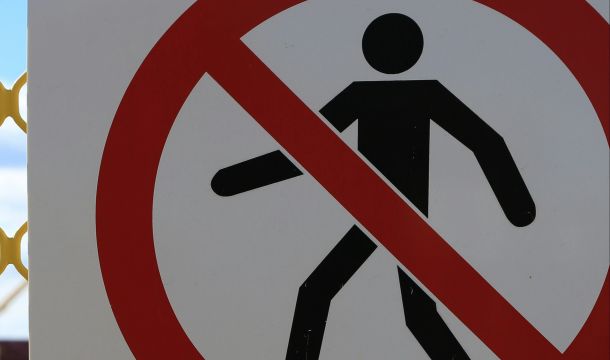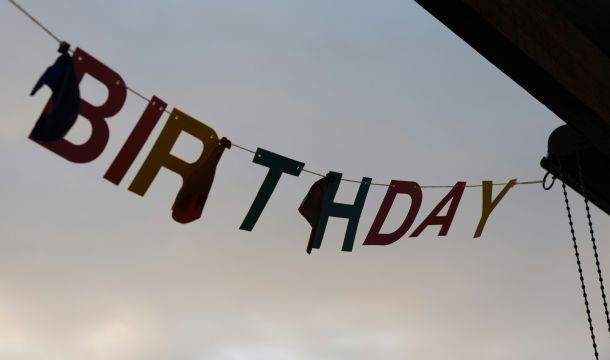EXPANDED EEO-1 PAY DATA FORM PUT ON HOLD
On August 29, 2017, the Office of Management and Budget (OMB) informed the Equal Employment Opportunity Commission (EEOC) that it is initiating a review and immediate stay of the new pay data collection aspects of the EEO-1 form that was developed during the Obama Administration. The expanded form would have required employers with 100 or more employees to report annually to the EEOC summary pay data characterized by sex, race, and ethnicity. The purpose of the revised form was greater pay transparency, which was supposed to result in more pay equality. President Obama had supported the Pay Check Fairness Act that would have required such wage-data collection, but it had not passed Congress. The OMB cited the high cost and difficulty of compliance with the rule, which according to some studies would lead to indirect overhead and annual costs of over $1 billion. The OMB utilized the Paperwork Reduction Act which requires federal agencies to show that regulations have value and to minimize the cost. By many accounts, the new EEO-1 form would have provided very little insight into illegal pay disparity, as the form would not have provided information about the various factors that go into pay decisions, and bases the pay data on certain broad job categories.
For now, employers with 100 of more employees and federal government contractors and first-tier subcontractors with 50 or more employees and at least $50,000 in contracts should plan to comply with the earlier approved EEO-1 (Component 1) by the previously set filing date of March 31, 2018. The more onerous reporting requirements for Component 2 have been placed on hold.
The EEOC now must decide whether they want to withdraw the expanded EEO-1 form altogether or submit a revised form. In the meantime, EEOC acting Chair Victoria Lipnic expressed the hope that: "This decision will prompt the discussion of other more effective solutions to encourage employers to review their compensation practices to insure equal pay and close the wage gap." The stay may bring more attention to pay equity issues on a state or local level.
Related Content
Get Email Updates
Recent Content

TPS Update (as of 9/3/2025)

DOL To Shut Down OFCCP and Transfer Duties to EEOC

Meaning of Supreme Court Ruling Limiting Nationwide Injunctions in Birthright Case

In Spite of Adminstration Changes, Monitoring of the Workplace Continues to Create Legal Issues

The Importance of Corporate Culture
